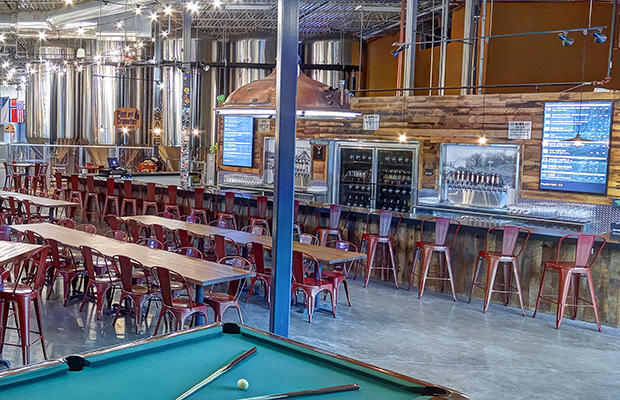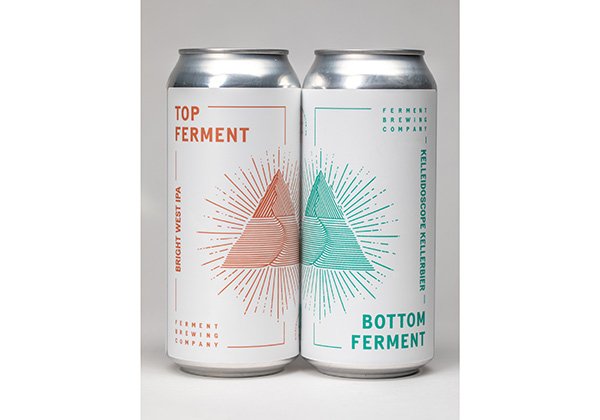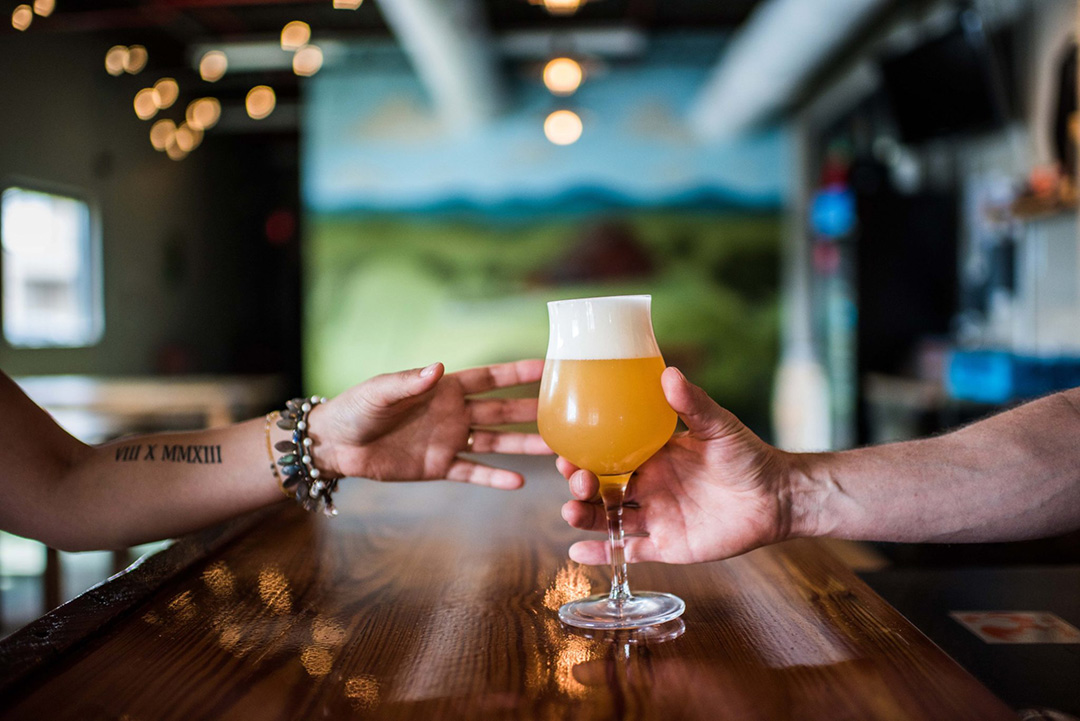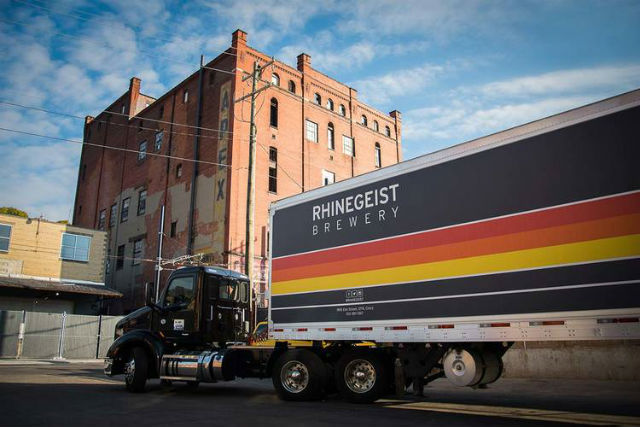
On the heels of the news that Surly Brewing is going to indefinitely close its Beer Hall which is attached to its production facility in Minneapolis, I dug back into some interviews I did with local breweries in Minneapolis back in early June.
One stop was at Utepils Brewing. At the time, president Dan Justesen had to step away to work with contractors as they were adding plexiglass to various parts of the brewery to help with social distancing standards. Marketing Coordinator Ken Smith stopped to chat while getting the taproom ready for a new influx of taproom customers. The rule at the time had been raised from 25% capacity up to 50% and the brewery was excited about the additional possible income.
That meant adapting what they had already been working on to help make consumer flow possible. A reservation system had been put in place with a charge upfront. That can help space out arrivals along with ensuring that a reservation would be used. The $12 charge would be put forth the first purchase of beers, equivalent to two pints.
The cap at the time was set at 250 people allowed inside the Utepils taproom, and for Smith, that was a good enough number.
“I mean that’s a normal day,” he said. “Breweries are either too big or too small and we’re kind of like right in that middle.”
The announcement of Surly closing its Beer Hall, which has a variety of reasons … including an impending winter that will crush a lot of the outdoor space that is being used by breweries in the snow belt of America to help generate income on site, is a telling sign of how rough the coming winter is going to be for breweries.
Larger breweries have such a large space in most cases that there aren’t enough people coming through to sustain the need to be open. On the other side, smaller breweries that have small taprooms and need ‘butts in seats‘ to pay the bills are feeling the squeeze now as well.
The ‘in-the-middle’ types, like Utepils (which produced around 5,000 barrels in 2019 and was poised to grow pre-pandemic) might be in the best shape. Taprooms are large enough that an average day is only half full while production can be pushed out via more on-prem sales elsewhere or in-house to-go sales of crowlers and growlers.
But Smith noted each seat that is used is now important for sales.
“You have to capitalize on every single person that comes in your place,” he said. “Every person is money. So before, someone would sit in here for four hours. If you want to have a beer, read your book, I don’t care. Now, you want people to keep coming. It’s almost like a restaurant.”
That means when the check comes, it’s time to leave for consumers. Which is never a fun thing that isn’t very “craft beer culture” if you think of it.
Utepils at the time worked it so that they used a system where consumers would be given a 90-minute time limit to enjoy their beers. A server would remind them of the time they would have to leave. If they wanted to stay, a consumer could go to the bar and check if there is an open reservation or else register online.
“For most, people understand, and they know that we don’t want to take reservations … no one wants to take reservations,” Smith said.






Be the first to comment